

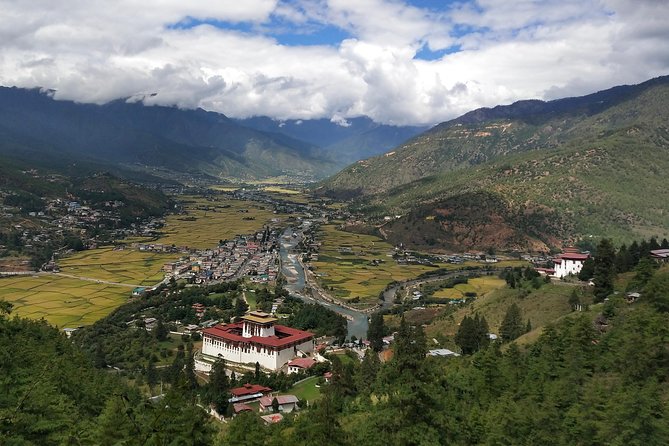
Bumthang, which comprises of the four mountain valleys of Ura, Chumey, Tang, and Choekar, literally means "beautiful field." It is not unexpected that many of Bhutan's most ancient and revered temples are found in these valleys, as they have long served as the country's religious center. The Jambay Lhakhang Temple, Kurjey Monastery, Tamshing Monastery, Jakar Dzong, Ura Temple, Kenchosum Lhakhang, and Ogen Choling Palace Museum are among the noteworthy monasteries and landmarks in Bumthang that are worth seeing.
Bumthang was once a peaceful town caught in a blissful time wrap, with its historic monasteries and strongholds standing in stark contrast to the majestic Mt. Gangkhar Puensum. You can have a leisurely stroll across the wide countryside while seeing horses graze in meadows. The stunning valley is now embracing modernity while preserving many aspects of its rich history, with its pulse still well tuned to tradition and culture. Undoubtedly, among the top destinations in Bhutan is Bumthang.
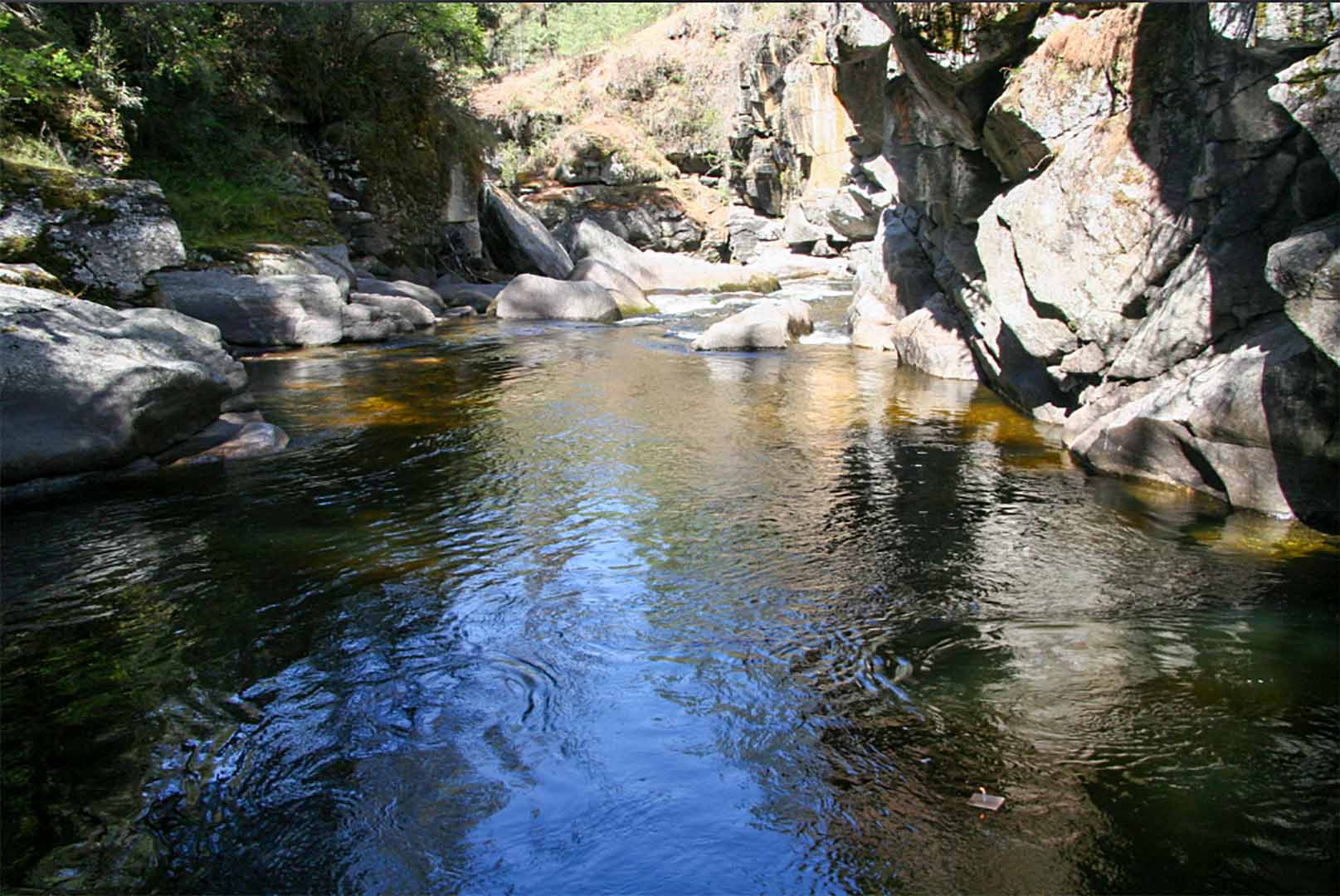
Bumthang town is roughly a half-hour's drive from Mebar Sho. It is regarded as having great religious value and draws large numbers of pilgrims from nearby and far away. The line of prayer flags and clay offerings scattered everywhere along rock openings makes the significance of the lake evident to visitors.
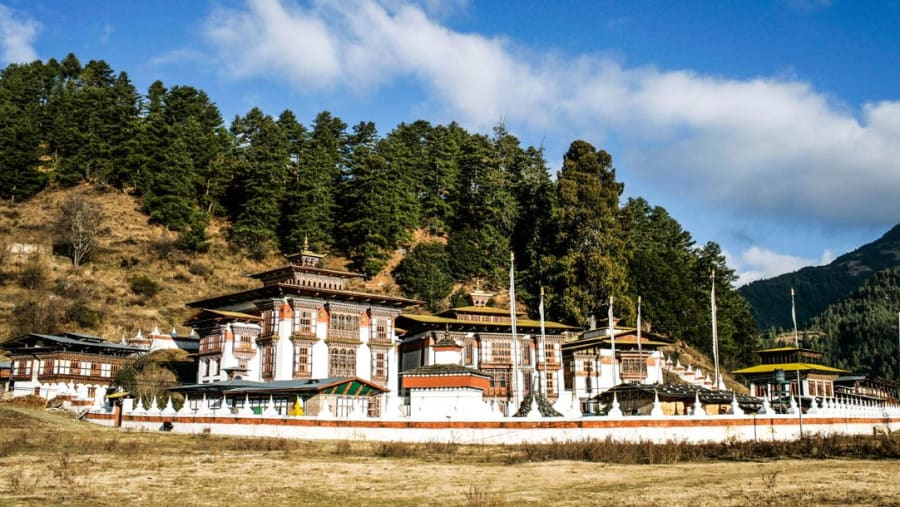
There are three temples at Kurjey Lhakhang. On the rock face where Guru Rinpoche meditated in the eighth century, the one on the right was constructed in 1652. The second temple is situated atop a cave that holds a rock bearing the body imprint of the Guru. The third temple was constructed in the 1990s by Her Majesty Ashi Kesang, the royal grandmother. These three temples are surrounded by 108 chortens, or stupas.
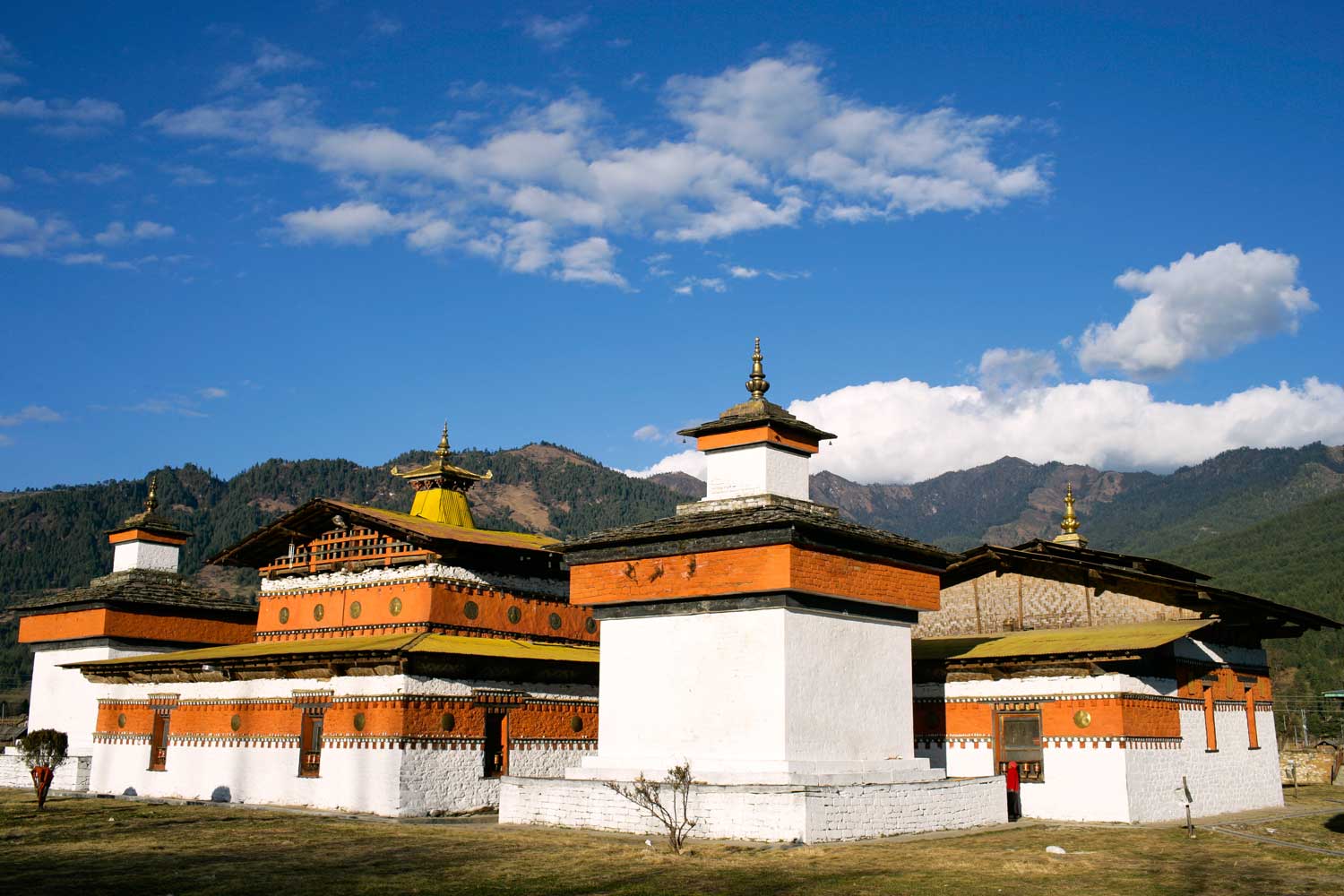
The Tibetan King Srongtsen Gampo constructed this temple in the seventh century. It is one of the 108 temples in this region of the Himalayas that the King constructed. This place is home to one of the most magnificent festivals in the nation, known as Jambay Lhakhang Drup. The five-day festival's major attraction is the evening fire ceremony, where large people assemble to watch a ceremonial naked dance.
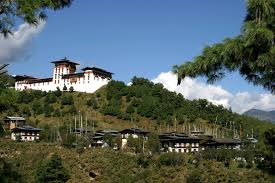
Jakar dzong actually implies the castle of the white bird, constructed in 1549 by the Tibetan Lama Nagi Wangchuk. The dzong played an critical part as the post of defense for the full eastern portion of Bhutan. It moreover got to be the seat of the first king of Bhutan. A uncommon highlight of the dzong is the fifty meter tall Utse or tower, which is particular from most other dzongs in Bhutan. The other one of a kind include of the dzong could be a protected entry, with two parallel walls, interconnected by fortified towers, which gave the population of the fortress get to to water within the case of a attack. The ensured water supply is still intaglio to this day.
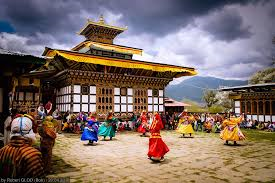
It was set up by Lama Kuenkhen Longchen Rabjampa and Sherkoung Trulku within the 18th century. The three day yearly Domkhar festival is held here within the Spring. The mask dance are performed by the monks and nearby individuals of Domkhar. The Throngdroel is shown on the final day of the festival.

This royal residence was built in 1857 on the location of a fight camp of the Penlop (Senator) of Trongsa, Jigme Namgyal. It was the primary royal residence in Bhutan that was not planned essentially as a fortress. The son of Jigme Namgyal, also First King of Bhutan, Sir Ugyen Wangchuck was born here and chose it as his principal residence. Wangduechhoeling palace was also for a time the home of the Third King, before he moved the royal court to Punakha in 1952.